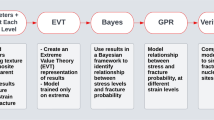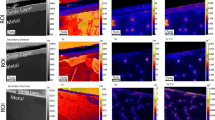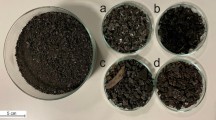Abstract
Coleman and Hardie's recent letter1 on slow bend testing of hydrided zirconium poses some interesting questions with regard to the interpretation of the transition behaviour of zircaloy-2 (zirconium + 1.5 per cent tin) in impact tests. By instrumenting the Charpy machine to obtain the load/time relationship during fracture2, the modes of brittle and ductile behaviour can be identified in a similar manner to slow bend testing. Using this technique, load/time curves have been obtained on hydrogen-free and hydrided (180 p.p.m. and 700 p.p.m.) zircaloy Charpy V specimens throughout the transition range.
This is a preview of subscription content, access via your institution
Access options
Subscribe to this journal
Receive 51 print issues and online access
$199.00 per year
only $3.90 per issue
Buy this article
- Purchase on SpringerLink
- Instant access to full article PDF
Prices may be subject to local taxes which are calculated during checkout
Similar content being viewed by others
References
Coleman, C. E., and Hardie, D., Nature, 208, 69 (1965).
Fearnehough, G. D., and Hoy, C. J., J. Iron and Steel Inst., 202, 912 (1964).
Author information
Authors and Affiliations
Rights and permissions
About this article
Cite this article
FEARNEHOUGH, G. Instrumented Impact Testing of Zircaloy. Nature 209, 392–393 (1966). https://doi.org/10.1038/209392a0
Issue date:
DOI: https://doi.org/10.1038/209392a0



